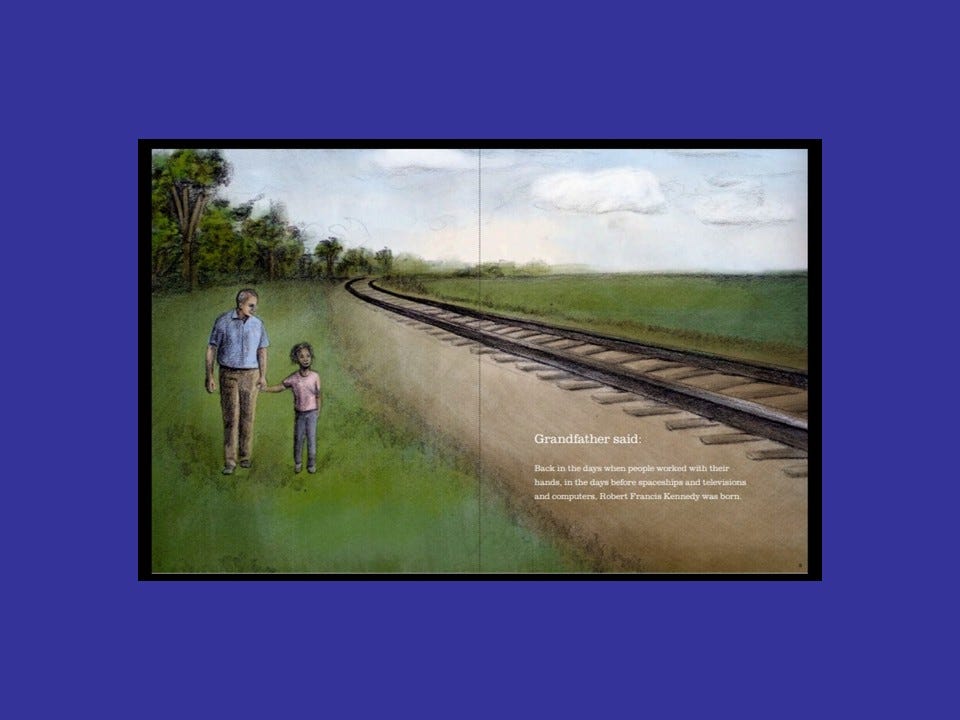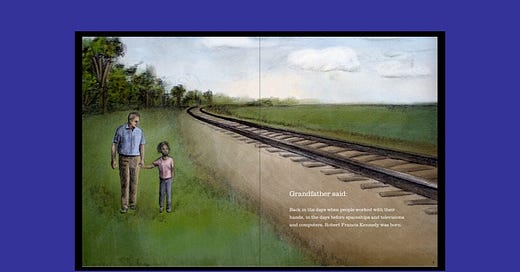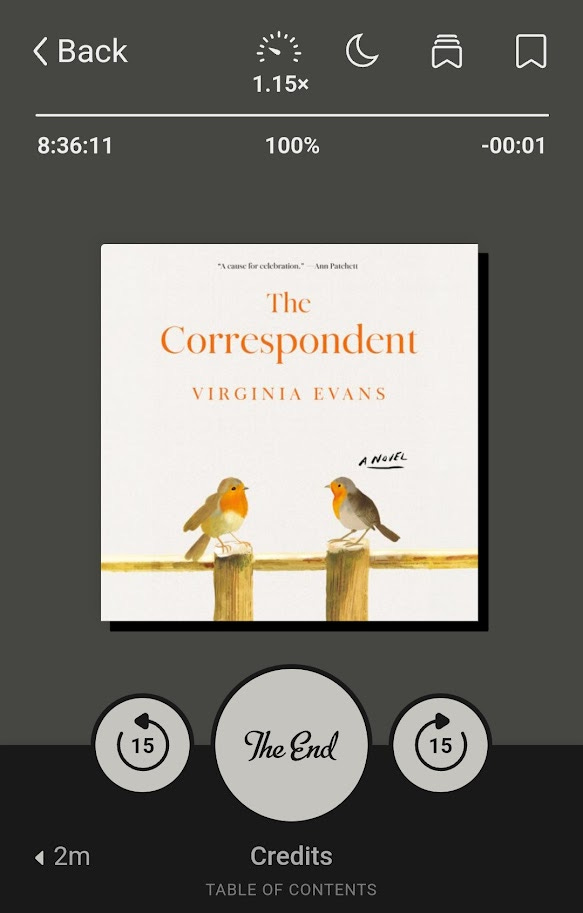Writers Lab: The Lasso Effect
Exercise #11: On the Pleasure of Being Captivated — and How It Shapes Our Writing
Welcome, you Sweethearts of the Storybelly Lab, to another Writers Lab Assignment! This week:
Tell me, in the Writers Lab Chat or in the comments below, the title of a book(s) that has grabbed you by the mind, heart, gut, or all three, right in the opening paragraph or pages, that has swung you around like a lasso, and has never let you go. Let’s call them lasso books.
I’ve been in that land this week.
The Correspondent by Virginia Evans was my obsession — my lasso book — this week. Her first published novel! I was hooked from the first paragraph. (“How does she DO that?” Right?)
It has been a long time since I have been completely captivated by a novel to the point of wanting to do nothing else but listen to it (or read it), and when I’m doing something else, I’m thinking of the next time I’ll get to dip into that book, move forward with the story, live in that world and root for those characters I’m falling in love with, and hope the story never ends.
Is it the voice? Is it the situation? Is it the character? I have many such books in my life, sprinkled over decades of reading. Some of them inform my writing in surprising ways — I touched on this in this week’s Digest, when I wrote about The Reivers, so I’ll expound on it just a bit for our Exercise #11 this week. Here are a couple more examples.
Lincoln in the Bardo was an inspiration for the structure of Kent State. The Lincoln Highway is helping me structure Charlottesville. Both of these books surprised me from the first pages, and kept me turning the pages (listening; I read them both as audiobooks from my library).
I’ll write more about how specifically these books were models for me in my own writing, in future Lab posts, but for now I want to talk generally about good writing and storytelling.
I have a Pinterest board called “Good Writing and Storytelling” that I keep sporadically, partly because I appreciate good writing and storytelling so much. I don’t include my canon books there, or lasso books, but I do include links to… well, good writing, whether I stumble across it in words or song or film. I learn from all of it, and sometimes I borrow technique, like I did with The Reivers.
The opening salvo of The Reivers, which Faulkner calls “A Reminiscence,” is two words: “Grandfather said:” — and then, new paragraph, and we are off to the races with that story. I was totally charmed by this two-word frame for an entire novel:
Grandfather said:
That’s it! That is the frame for the book. We come back to Grandfather at the end, but Faulkner doesn’t mess around, he just plunges us into the story, and what we know from “Grandfather said,” before we read another word, is that we are about to hear a storytelling voice tell us a “once upon a time” story, and we settle in.
I borrowed that frame to tell the story of Robert F. Kennedy, President John Kennedy’s brother, and one of my heroes growing up. I don’t remember how many drafts it took of that picturebook to get it just right, but I do remember that every one of them began with “Grandfather said,” partly as an homage to The Reivers and Faulkner’s influence, and partly because it worked for the story I was trying to tell.
You can see my beginning below, in a 2015 draft. The book was sold in 2008 and was published into the pandemic in 2020. I don’t even know what version of a draft this one is, but it still has that Reiver’s borrowed beginning. (I also think the first paragraph borrows from Jackie Martin’s technique in her Caldecott winning picturebook Snowflake Bentley, but that’s another story.)
Here is the first page of Bobby, below, with that same opening, art by Tatyana Fazlalizadeh:

I’ll not belabor the surprises that lasso texts hold for us — often it is just the great pleasure they give us (“just” — ha, that is everything!) I’ll just say that that pleasure sometimes comes with learning a new skill or using a fresh or novel approach to telling our stories.
We do this in music, too, yes? We have musicians here at Storybelly who are writers as well, with music as their main medium, which also includes lyrics, and I’ve seen my musician husband, Jim, hear something inspiring and set out to create something similar. It’s a big soup out there of all kinds of creativity.
If you’re a free subscriber at Storybelly and you want to work with us in creating your own stories, songs, poems, sketches, vignettes, memoir, you can upgrade your sub and join us here, don a Lab Coat, roll up your sleeves, fill your beakers with words and art and music, and build something of your very own. We are a good group! We welcome everybody.
If you are a Lab Coat already, here’s what we’re going to work with (below) this week. Don’t forget to visit Chat, where all week I’ve been dissecting the excerpts from “The Tendrils of Tenderness/Exercise #10” last week and including what we’re learning when we “Read Like a Writer,” which was Monday’s Digest post (open to everybody). Each excerpt has its own Chat thread for Lab Coats. Start here.
You can also introduce yourself in Chat, here! Come on in. The water’s and word’s and music’s and song’s and connection’s and community’s fine.
THE ASSIGNMENT: Exercise #11






